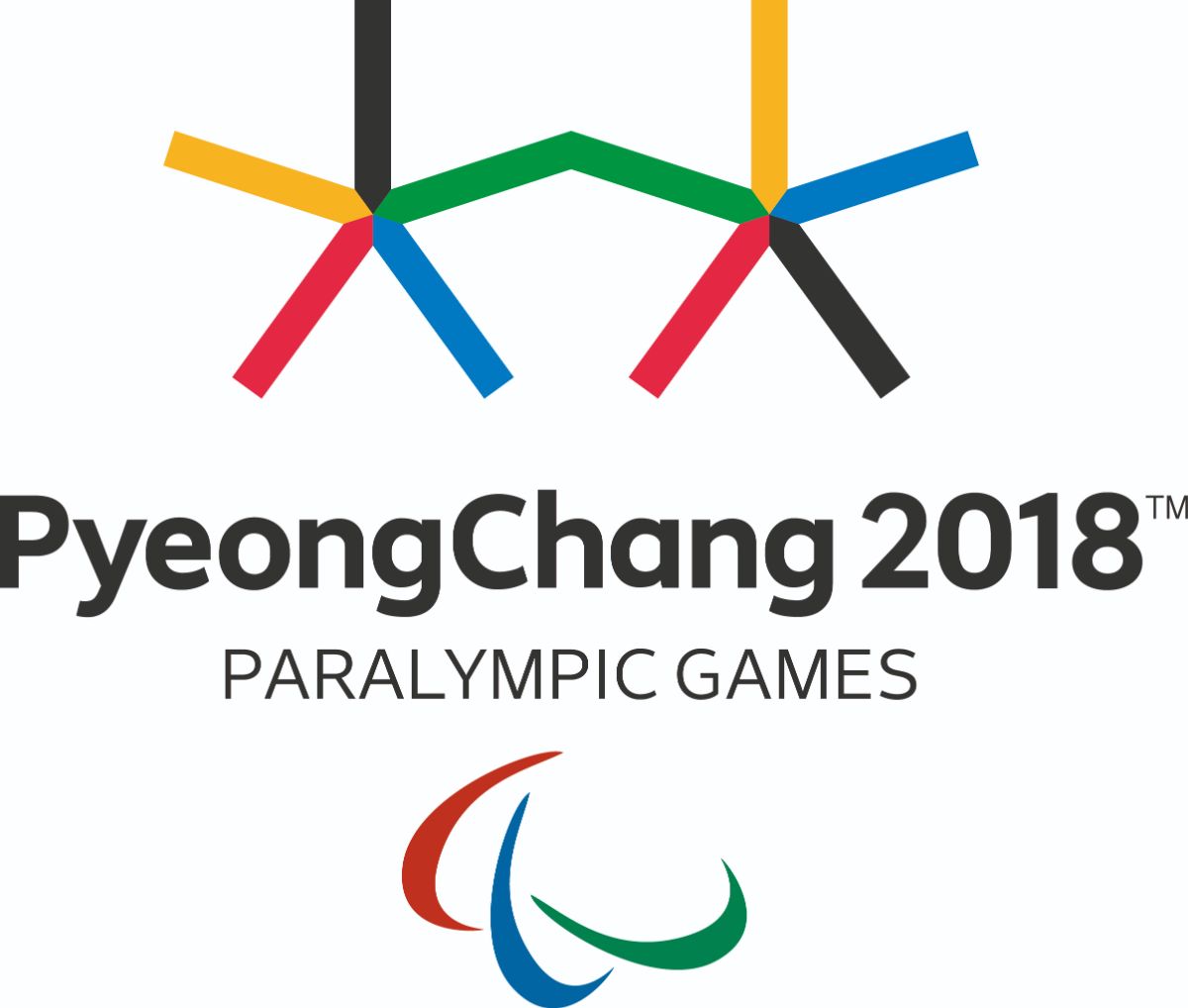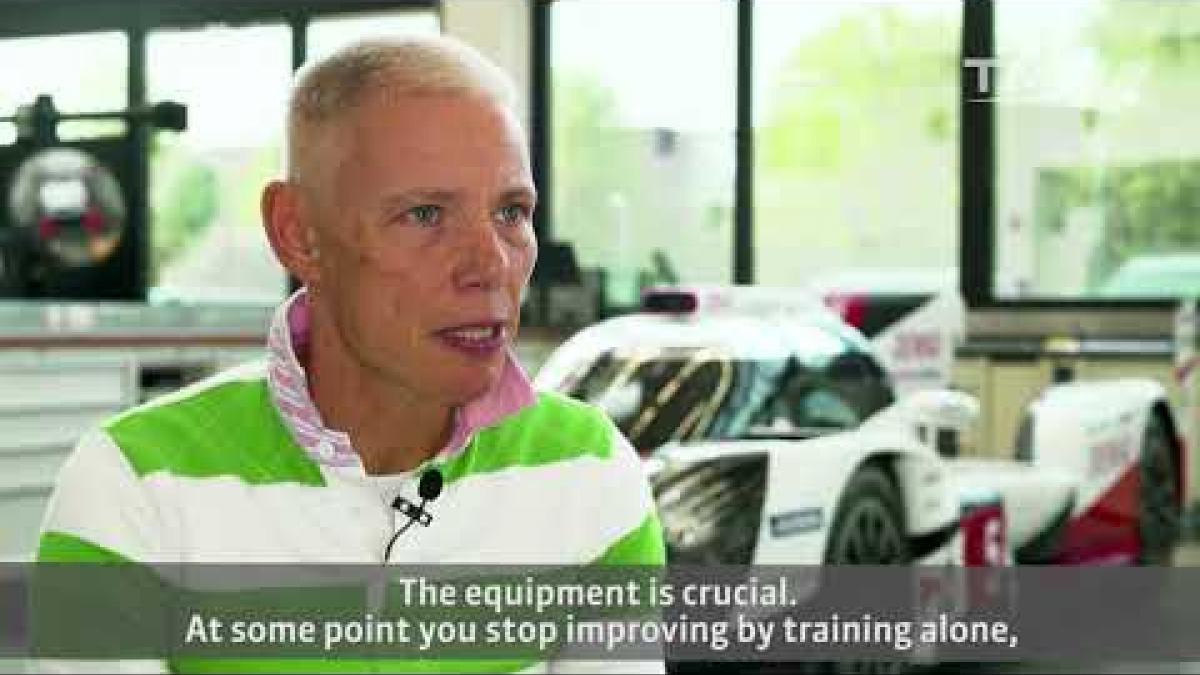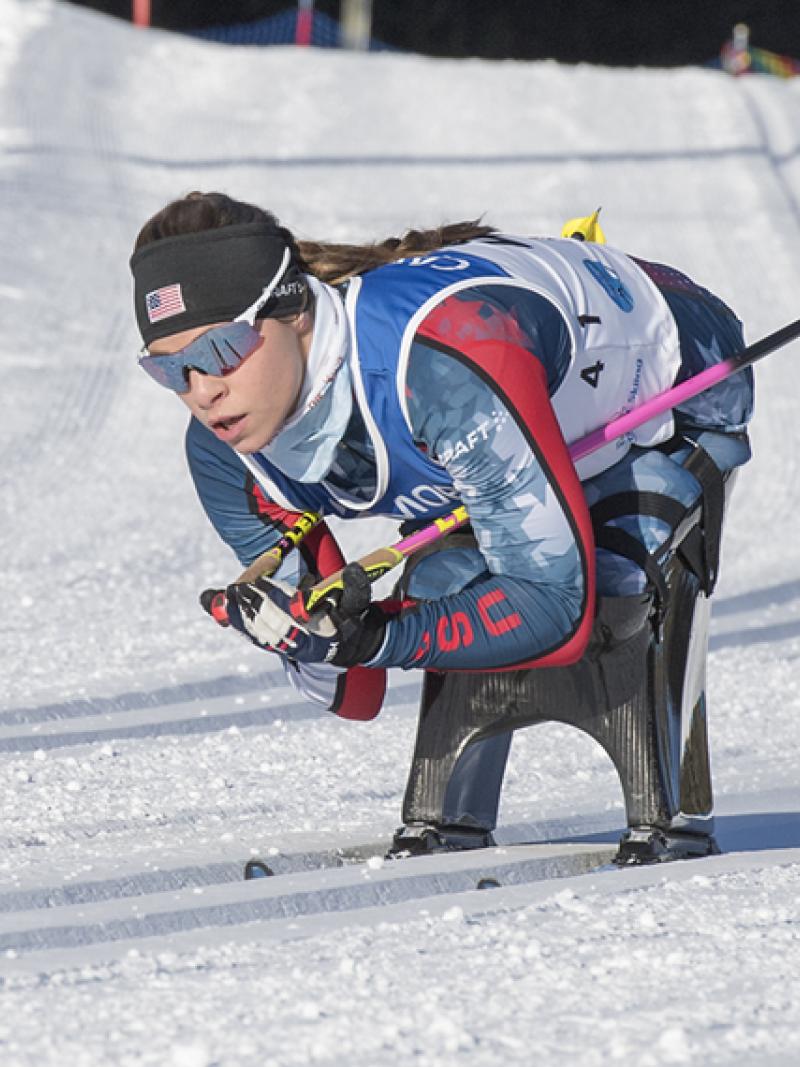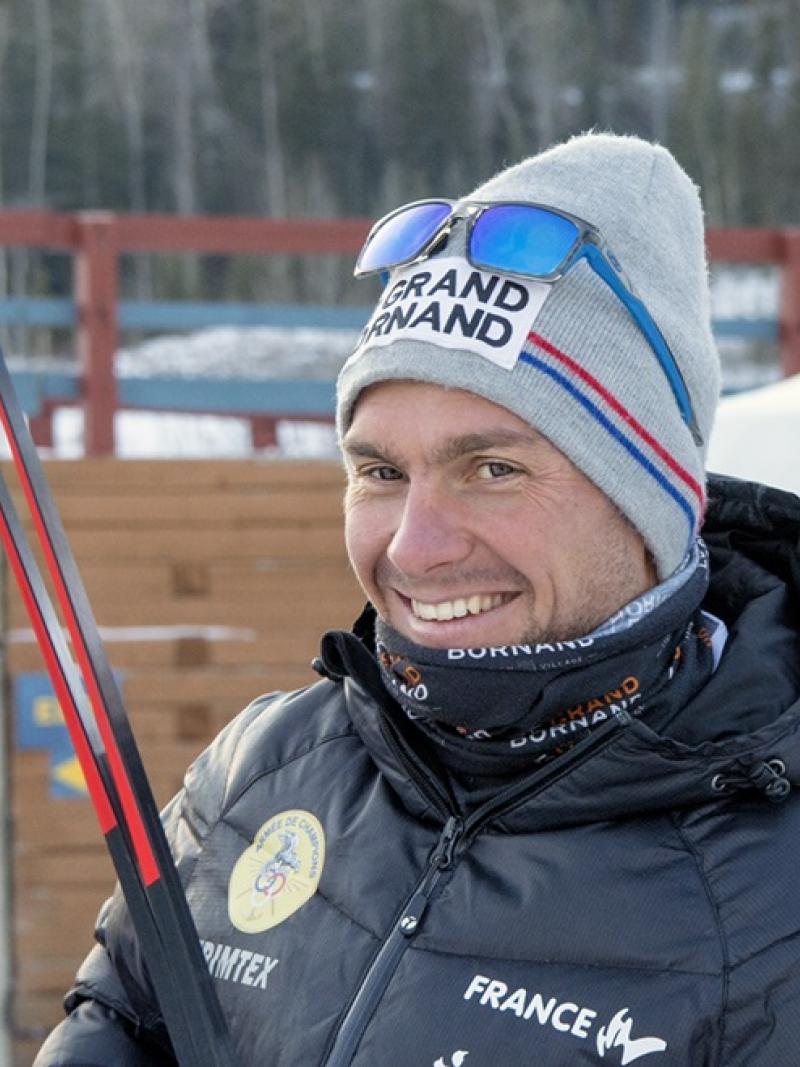Early success for Eskau with new ski sled
German Nordic skier gets season off to winning start thanks to new technology 09 Jan 2018Technology honed in Formula 1 and the Le Mans 24 Hours has delivered a ski sled which has helped take the performance of Andrea Eskau to new heights as she prepares for another gold medal challenge at the Paralympic Games in PyeongChang and Tokyo.
Andrea, who suffered life-changing spinal injuries in a 1998 cycling accident, recently gave a successful competitive debut to her new ski sled, developed by TOYOTA Motorsport GmbH (TMG) in Cologne, Germany.
She returned home from the Para Nordic Ski World Cup in Canmore, Canada with two gold medals as her Paralympic preparations began on a high. “I really think we've achieved a superb result,” Andrea said of the carbon fibre ski sled, made from the same lightweight materials used by TMG in its TS050 HYBRID Le Mans race car.
For the new ski sled, weight reduction was a major focus and TMG’s designers used advanced carbon fibre lay-up processes to minimize the amount of material needed whilst retaining strength. This achieved an incredible weight reduction of more than 30 per cent which has a direct performance benefit for Andrea as it reduces the mass she propels around the 6km course using her upper body strength alone.
Thomas Linke, part of the team working with Andrea on her new sled in his role as Group Leader Composites at TMG, explains the production process: “The tooling moulds are part of the CAD design and were machined from Ebalta 678 on one of our five-axis milling machines. After machining, the moulds were polished and sealed according to standard procedure for our motorsport parts.
“We placed the calculated pre-impregnated carbon fibre laminate in the moulds. The carbon fibre reinforced plastic lay-up is a typical lightweight motorsport sandwich construction with carbon skins and hexagonal cores. The last stage in production is the curing process in an autoclave where, under atmospheric pressure and temperature, the parts are cured.”
But as well as advanced production techniques, ergonomics and practicality are a vital part of the equation for Andrea, particularly in her specialist discipline, the biathlon, which mixes skiing and shooting in temperatures of potentially -20°C; much colder than those faced by any race cars.
Andrea explains: “Shooting was our main focus when designing the sled. A problem of the previous sled was the uneven floor space. We modified the location of some parts so the skis have much better contact with the ground and also support me when I am shooting when you need a steady base to aim accurately. It's a big handicap if the sled isn’t steady.”
The Paralympic Winter Games take place in PyeongChang, South Korea from 9-18 March. For tickets, visit the official website.










